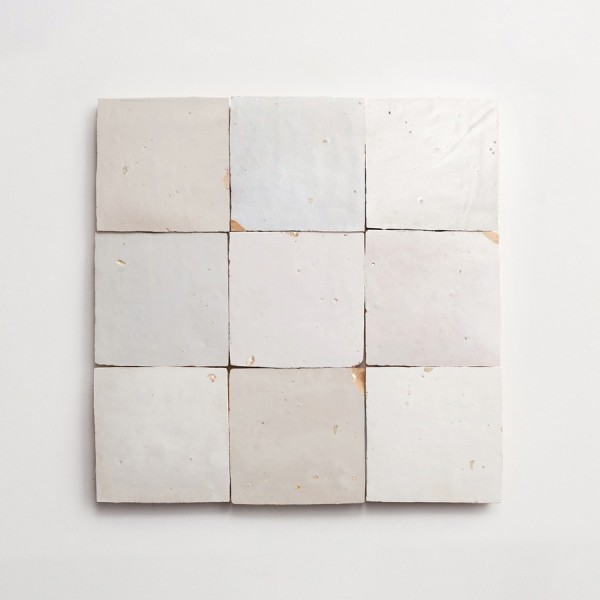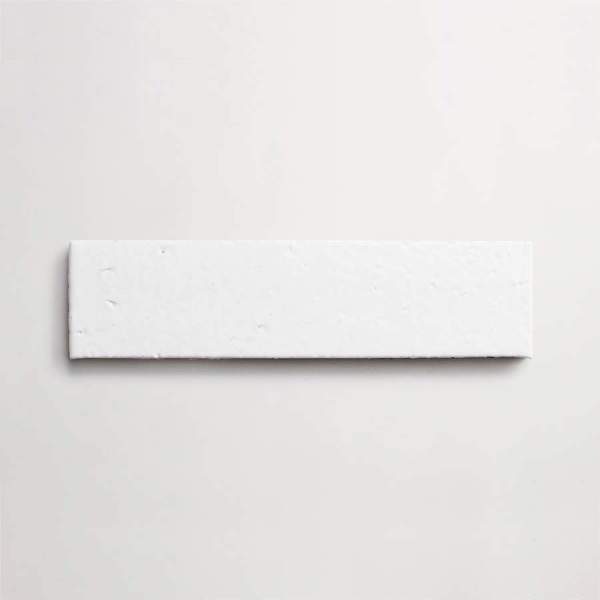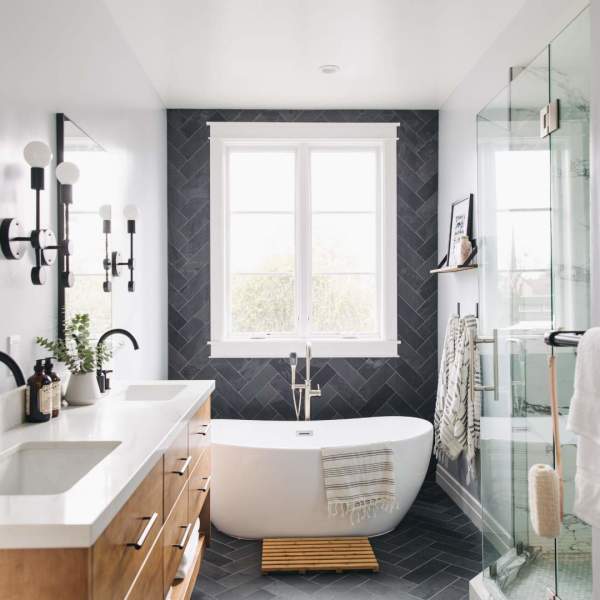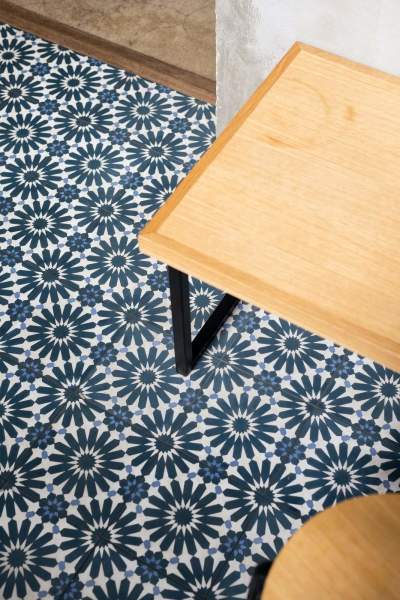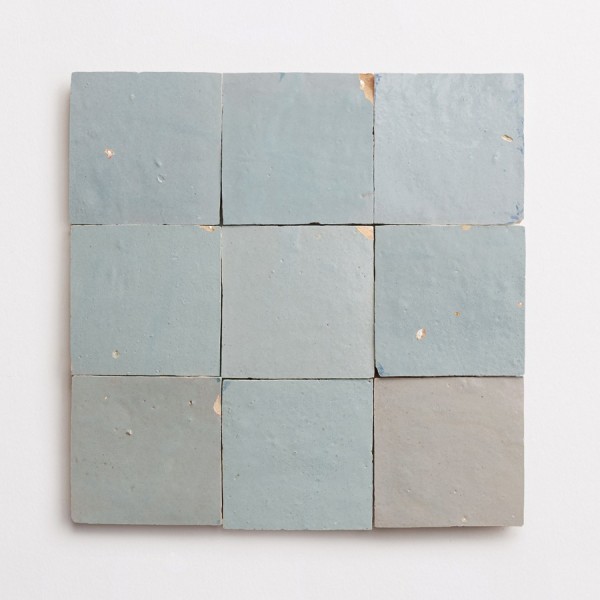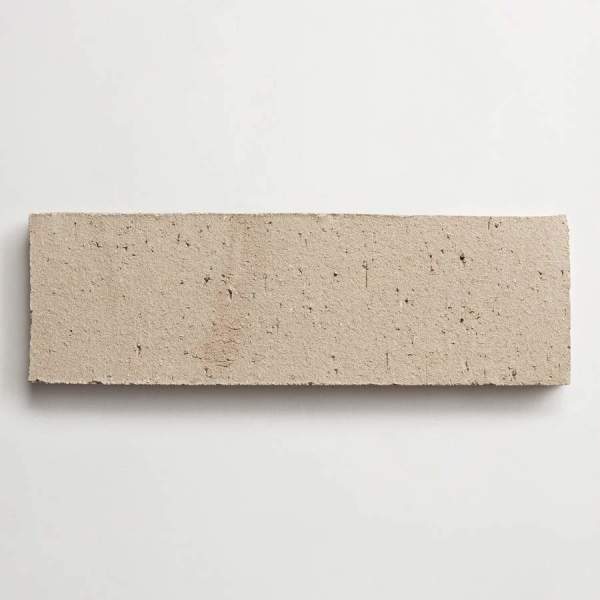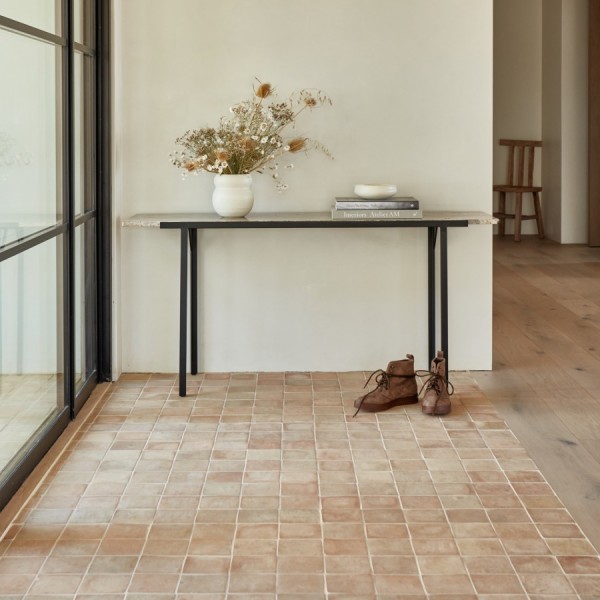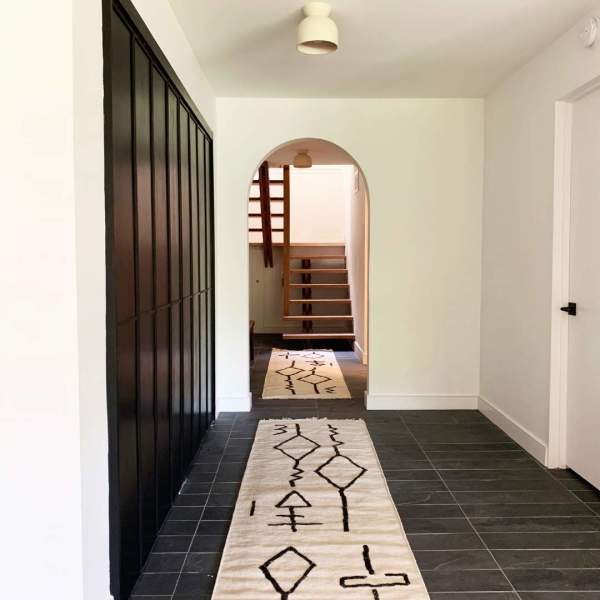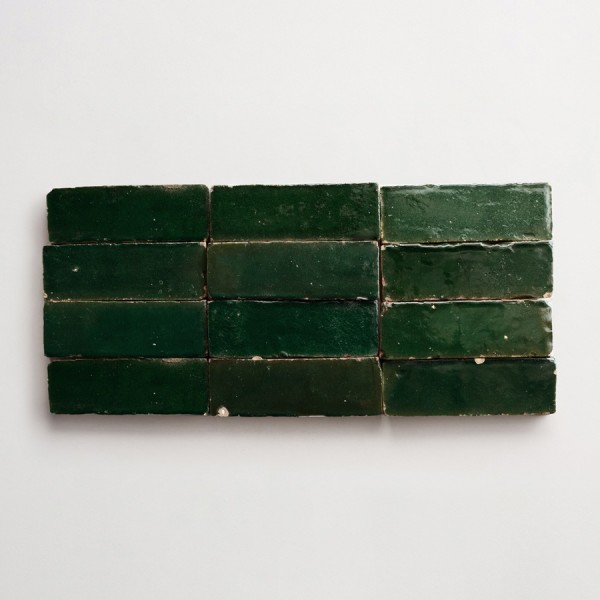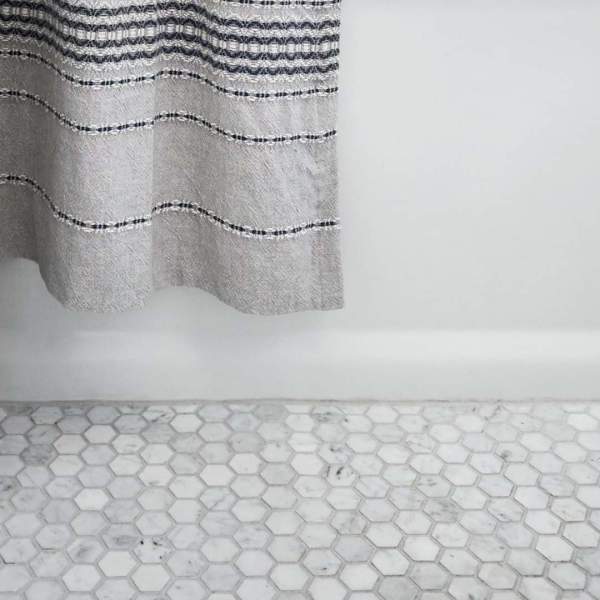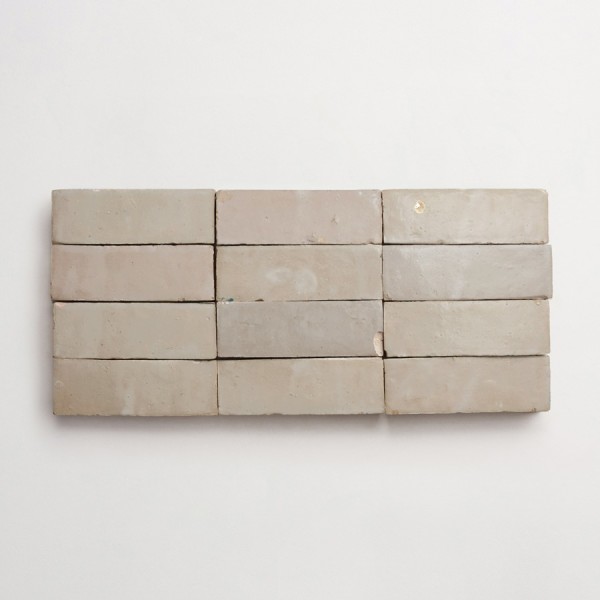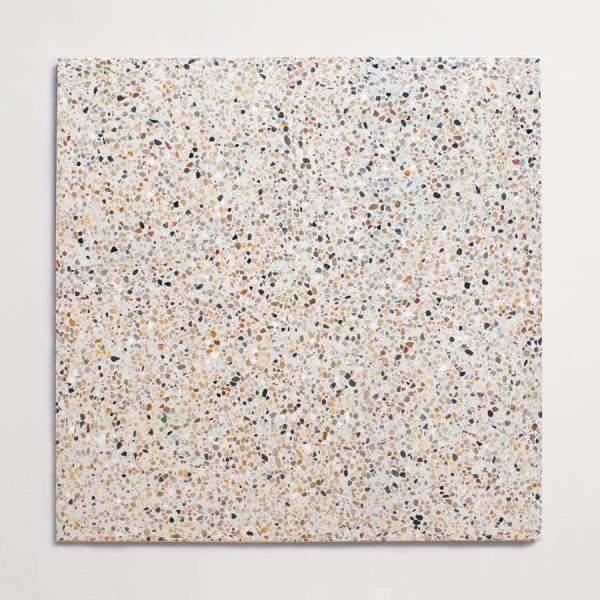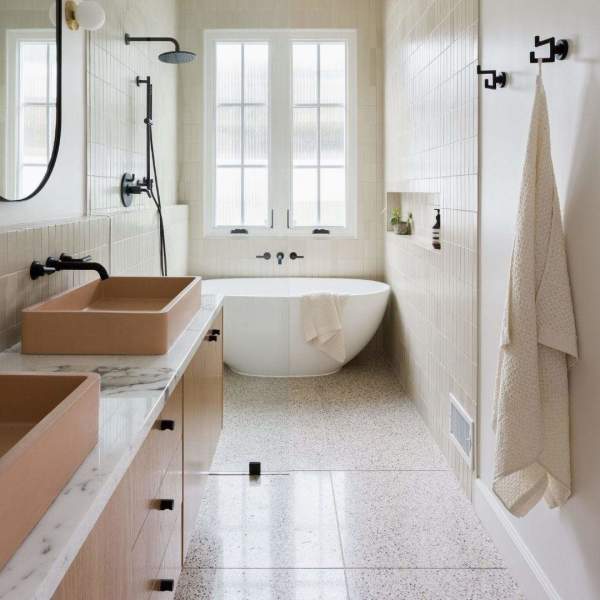kitchen tile
Kitchen Tile FAQ
Which type of tile is best for kitchens?
clé gives you a lot of kitchen tile options to select from, from various clay-based options like ceramic tile, porcelain tile, terracotta tile, brick tile and zellige tile to stone options like marble, dolomite and slate. or maybe the unique colors and patterns of cement tile, or the composite mosaic of terrazzo tile or the geometric appeal of hexagon tiles are more your style.
whichever you prefer, there are a few criteria to consider. will the tile be for a kitchen backsplash or countertop? wall tile or floor tile? the installation location is crucial–high-traffic, spill-prone areas like floors and countertops will benefit from a harder surface like porcelain. made of denser clay and fired at higher temperatures, porcelain tiles are nearly impermeable and highly resistant to scratches, stains and moisture. ceramic tiles can stain and scratch more easily.
but appearance should certainly factor into your choice, too. the wabi-sabi appeal of zellige, the color variation of ceramic or the moody designs of cement may hold more sway than material durability.
you should also consider how installation is impacted by your tile selection. for example, more porous options like cement will require a sealer to help prevent staining, which is an extra step. handmade tiles such as zellige typically call for a thicker grout line to accommodate the variations in size and thickness of the tile. larger tiles are heavier and therefore can be more difficult to set on walls and require professional installation (in fact, we recommend using a professional for all tile installation).
What color tile floor is best for kitchens?
the color of your kitchen floor tile is possibly the most important tile choice you’ll make for this particular room, because it (literally) grounds the rest of the room and helps dictate the other colors and materials you’ll use in the rest of the space. for example, grey and white tiles never go out of style for kitchens. cool and neutral, grey tiles provide an ideal blank canvas for accents, cabinets and countertops. you might pair light grey tiles with white grout for an open, airy feel or choose charcoal tiles with grey grout for a more dramatic look. for a balanced space, combine grey floor tiles with white subway tile backsplashes or countertops.
earthy brown tiles evoke a natural, rustic vibe. rich chocolate brown tiles ground the space while terracotta or sand-colored tiles brighten the room. for contrast, try combining brown floor tiles with a complementary grout color, or with cream or beige cabinets and countertops, and adding texture with stone or wood accents.
blue tiles always make a bold statement. navy blue tiles create a sophisticated space while aqua or teal tiles add energy and light. for coastal flair, you could combine blue floor tiles with white countertops and cabinetry and sprinkle in beach-inspired accents like shells, coral or driftwood.
speaking of statements, black tiles may seem stark but when balanced with light walls and cabinetry, they make a stylish impact. glossy black tiles reflect light and make a small space appear more open. to set up contrast, match black floor tiles with white or wood cabinets and countertops (or white subway tiles). metallic accents like stainless steel or copper shine against a black tile backdrop.
patterns can be just as important as color: vibrant patterned tiles turn the floor into the focal point. geometric (think hexagons or diamonds), floral or mosaic patterned tiles add visual interest underfoot. keep the tile pattern simple if pairing with patterned countertops or backsplashes. for a cohesive look, choose a tile pattern that incorporates your kitchen's main colors. patterned kitchen floor tiles are most dramatic when used on their own without rug accents.
What is the most popular kitchen floor tile?
porcelain tile is one of the most popular options for kitchen floors today, based on its durability, low maintenance and variety of styles. for example, porcelain planks that mimic hardwood and stone are definitely having a moment. the planks are more narrow than traditional tiles, giving floors a more seamless look. porcelain tile is also impervious to water and stains, making it ideal for kitchens.
granite, marble, travertine and slate tiles are timeless options that add character to any kitchen. while natural stone does call for more maintenance to seal and protect, many homeowners find it worth the effort for the beauty and longevity it provides. for a rustic angle, slate tiles, with their uneven edges and surface, are a top choice. on the other end of the texture spectrum, polished granite and marble tiles provide an elegant touch.
concrete tiles have an industrial chic look that syncs well with contemporary kitchens. while real concrete floors require a lot of effort to pour and seal, concrete-look tiles offer the same stylish appearance with much less hassle. concrete tiles come in a range of hues, from light to dark. their mottled, imperfect texture hides dirt and scratches well.
other kitchen floor tile trends homeowners love right now? geometric patterns, herringbone designs and tiles with lots of texture. patterned tiles give unique designs a chance to shine and bring visual interest to kitchen floors. textured tiles with uneven, wavy surfaces or raised swirls and ridges provide extra depth and dimension under your feet.
What are the best tiles for kitchen walls and floors?
when choosing floor tile for kitchens, durability and easy cleaning are must-haves. hard, non-porous tiles like ceramic, porcelain, stone and concrete are excellent options for high-traffic, messy areas like the kitchen.
ceramic and porcelain tiles are low-maintenance and come in a variety of styles suitable for kitchen floors and walls (like subway tiles). ceramic tiles are more porous, while porcelain tiles are nearly non-porous, making them very stain-resistant and easy to clean. glazed ceramic and porcelain tiles provide an extra layer of protection and shine. for kitchen tile floors, look for options with a textured or slip-resistant surface.
granite, slate and travertine tiles are attractive, durable options if you prefer a natural look. whether you’re using them for countertops or floor or wall tiles (like for a kitchen backsplash), seal them to prevent staining and make cleaning easier. stone tiles do require periodic resealing and professional polishing.
concrete tiles are stylish, durable, and naturally slip-resistant. the porous tiles are sealed to prevent staining and make mopping or wiping up spills simple. their natural style and long lifespan make them a worthwhile investment for homeowners.
